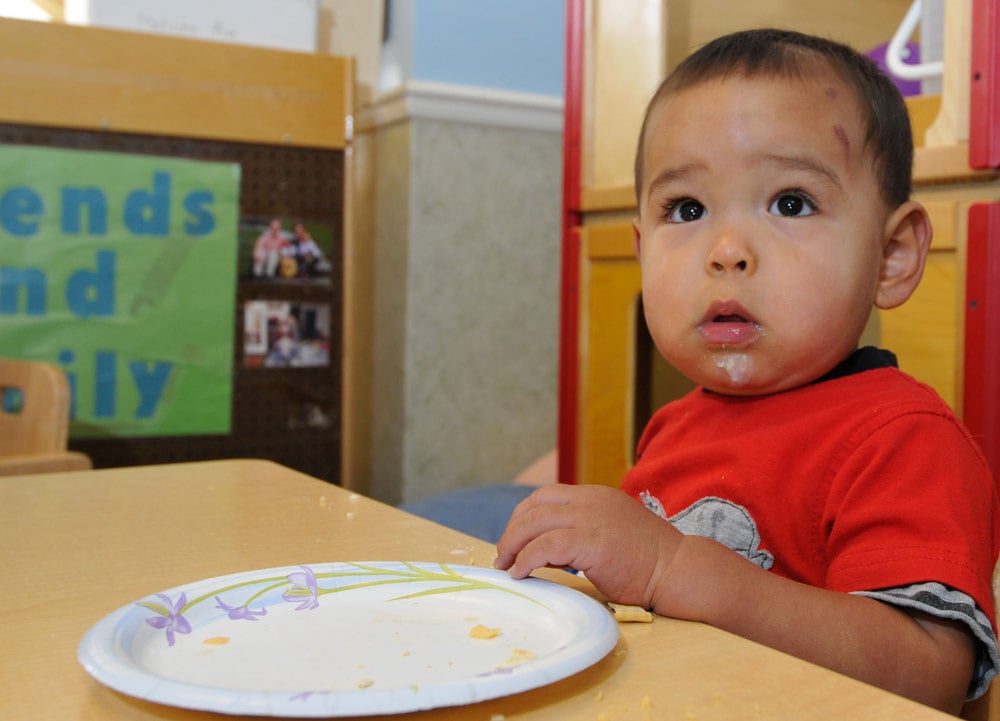
Financial Impact and Federal Relief
The COVID-19 impact on child care programs is pervasive and multi-faceted. Child care business owners have faced abrupt program closures or reduced operational capacity. Programs that stayed open, including those mandated to only serve essential workers, have had to front much higher than usual operational costs. These extra costs include cleaning and disinfection supplies, health screening resources, personal protective equipment, and environmental modifications to accommodate small group sizes and physical distancing in programs. Payroll costs also have surged as more staff is needed to conduct health screenings for children in care, clean throughout the day and supervise smaller groups of children.
The COVID-19 crisis spurred the federal government to aid business owners. Assistance principally included Economic Injury Disaster Loans (EIDL) and the Paycheck Protection Program (PPP). EIDL and PPP disbursements may be used to cover expenses such as payroll, rent, or mortgage obligations and utilities. It is estimated that child care business owners received $2.3 Billion in PPP advancements.
Due to the urgent need to supply relief, the process to apply for emergency federal assistance was challenged with guidelines that changed mid-stream, application processes that differed depending on the lending institution, and early surges in inquiries that crashed overburdened application websites. Several months later, business owners now are navigating the process to submit documentation for loan forgiveness. Like the application process, loan forgiveness documentation requirements and timelines have shifted, creating confusion among business owners. Child care business owners who received a PPP disbursement should discuss loan forgiveness documentation requirements and procedures with their issuing banking institution.
The Coronavirus Aid, Relief, and Economic Security Act (CARES Act) is another source of relief funds funneled to states for child care providers. States have some discretion in how they use federal CARES Act funding and have taken different approaches in allocating these supplemental funds. CARES Act dollars are starting to funnel through states — with some states exhausting funds much quicker than others — in the form of a variety of supports including salary supplements for child care providers, emergency supply grants, capacity building payments, and several other policies.
Where Child Care Providers Can Access Support
Child Care Resource and Referral
Child Care Resource and Referral (CCR&R) agencies serve as critical support hubs for early care and education programs. In June 2020, Child Care Aware® of America (CCAoA) surveyed CCR&Rs about the most pressing concerns they are hearing from child care providers. Obtaining help with applying for federal assistance was among the top 5 concerns. This is not surprising since it is estimated that 60% of child care programs may close permanently due to COVID-19.
CCR&Rs are stepping up in big ways for child care providers to help address the financial needs of providers who are struggling to stay open. Child care business owners may turn to their local CCR&R for help with navigating financial relief options. CCAoA’s survey found that CCR&Rs are actively helping child care providers with applications for federal assistance and administering pass-through funding to providers from sources like the CARES Act, the Child Care and Development Block Grant (CCDBG) and the Federal Emergency Management Agency (FEMA). Through their efforts, CCR&Rs are serving child care providers through training and technical assistance and by providing supplies and administering direct financial assistance (such as essential worker support bonuses and sustainability grants). The Kansas Hero Relief Program is one example of a CCR&R that is working in partnership with child care system partners to distribute CARES Act funding to child care providers.
Emergency Child Care and Technical Assistance Center™
Child Care Aware® of America’s national Emergency Child Care and Technical Assistance Center (ECCTAC) technical assistance team is ready to provide support. This new Technical Assistance Center serves CCR&Rs and other system-level leaders, child care providers and families. You may submit a request for technical assistance online anytime and a CCAoA team member will connect with you. ECCTAC also features a self-serve help center with a growing collection of articles on topics such as business practices and leadership, emergency preparedness and child care financial support options.
What’s Next?
The federal relief provided thus far has been helpful, but more support is needed. Fortunately, there are strong proposals in both the House and Senate to stabilize the child care system. Without longer-term financial solutions and a re-envisioned child care system, child care programs will crumble. As a result, our nation will not be able to recover without healthy and safe child care options.
Congress is negotiating the possibility of another relief package, so now is the time to reach out to legislators and make the case for at least $50B in child care stabilization funds. Advocates can:
- Contact members of Congress to thank them for relief provided for child care programs and relay the need for more investments to keep child care from being decimated by COVID-19.
- Share these action links on Facebook and Twitter
- Continue the momentum by sharing your own story about how COVID-19 has impacted your child care program
![ECCTAC-Logo[1]-1](https://info.childcareaware.org/hs-fs/hubfs/Rich%20Text%20Pasting/unknown-1595431381223.png?width=299&name=unknown-1595431381223.png)
This post is brought to you by CCAoA's Emergency Child Care & Technical Assistance Center™. Learn more and request technical assistance.






